I have an app that is made up of a UINavigationController that pushes ViewControllers from 3 different tabs.
The trouble I am foreseeing is that current structure allows the user to endlessly add VC's onto the stack.
I have a tab called pharmaceuticals and another called pathogens. If you drill down far enough in pharmaceuticals you get to a list of the pathogens it is effective against and the user can select a pathogen to see more information about it. This causes the app to push a new pathogenVC.
Now the user can drill down to the list of pharmaceuticals the pathogen is susceptible to and select it, which cause a new VC in the pharmaceuticals tab.
and so on and so on...
each time there is an additional 1.5Mb added to the memory footprint.
How can I best manage this?
